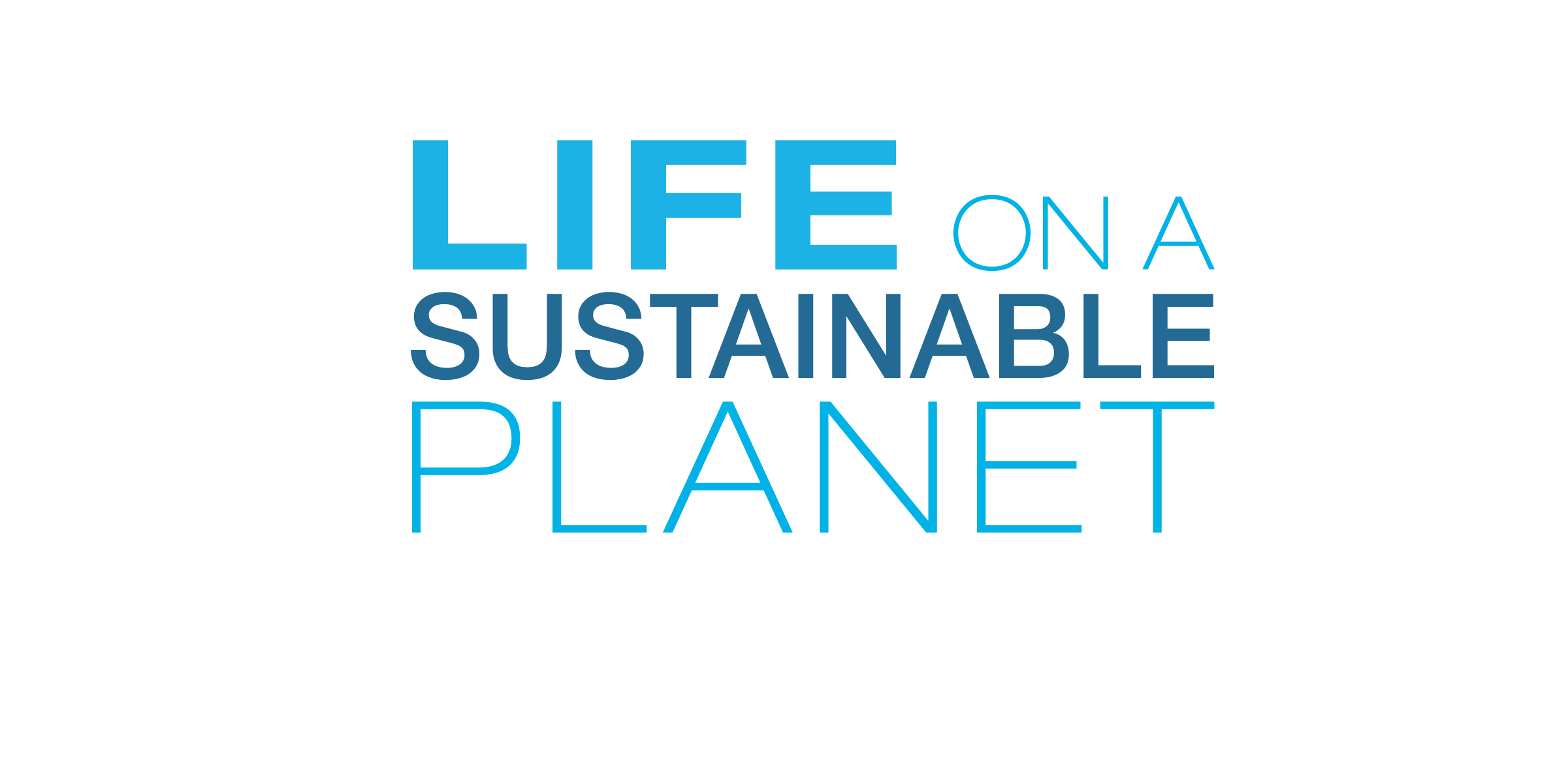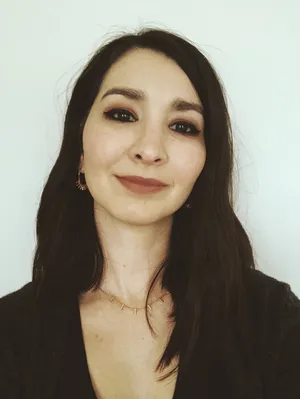Building a Curriculum to Address Our Shared Future
Heidi Gibson works to develop engaging and future-forward curriculum for the Smithsonian Science Education Center. Recently, she developed the Sustainable Communities guide as part of the Smithsonian Science for Global Goals project for use in the #SmithsonianInFrance program. Learn more about this guide and how a sustainable-centered curriculum supports global students on their paths toward creating an equitable, sustainable, and connected future.
![IMG_20170819_143642[1].jpg](https://th-thumbnailer.cdn-si-edu.com/KpPktMIH8-BHnPIf5x28oxYUJfw=/1000x750/filters:no_upscale():focal(2320x1746:2321x1747)/https://tf-cmsv2-smithsonianmag-media.s3.amazonaws.com/filer_public/f4/71/f471690c-d31b-4d85-a678-2fb1dd5d969d/img_20170819_1436421.jpg)
Can you tell us about the materials used for the #SmithsonianInFrance program and how they were developed?
We used the Sustainable Communities guide, Sustainable Communities! How will we help our community to thrive?, that is part of the Smithsonian Science for Global Goals project. This project aims to give young people the tools they need to become active participants in addressing the world’s most pressing challenges. We developed this guide in collaboration with researchers, educators, and students around the world.
The Sustainable Communities guide is focused on giving young people experiences and resources so they can determine and take sustainable actions in their local communities. Exploring these topics with the youth involved in the #SmithsonianInFrance program provided a fantastic opportunity to examine sustainability locally and compare it internationally. As participants shared the strengths and weaknesses of their different localities with each other, certain themes began to emerge. Young people were proud when their communities felt inclusive and protected the natural environment. They wanted to change social inequalities and environmental degradation they noticed and hoped to take action for a more balanced and sustainable future.
What was your favorite activity developed for #SmithsonianInFrance?
One of my favorite activities was in the second session when we asked students to share three pictures from their local community representing something they were proud of, something they wished was different, and an example of how their community had changed over time. The photos allowed participants to envision a more sustainable future for their local community and their global community in a broad and holistic way. Students identified the need to address environmental issues, such as protecting wild areas or stopping pollution, as well as social issues, such as income inequality and discrimination.
What do you consider the biggest achievement from the program?
Through activities ranging from a reflective look at their own identity and investigations into their sustainability-related choices, I was inspired by how willing participants were to share the hopes they have for a sustainable future and their willingness to take action to help achieve that future. The nuanced and sophisticated solutions and reflections they proposed showed a deep understanding that sustainability requires balancing social, economic, environmental, and ethical perspectives.
How can these activities and curricula be used for other cross-cultural programs?
The Sustainable Communities guide is one of a series that explore topics inspired by the UN Sustainable Development Goals. All of these guides offer a tremendous opportunity to collaborate with others around the world to find more sustainable solutions to our global problems. The guides emphasize place-based learning and exploring your own local space. By sharing the results of these investigations with cross-cultural partners, young people have the chance to consider new perspectives, possibilities, and avenues for action. Best of all, young people are working together on the most critically important problem: how to create a sustainable future for all on our shared planet.

